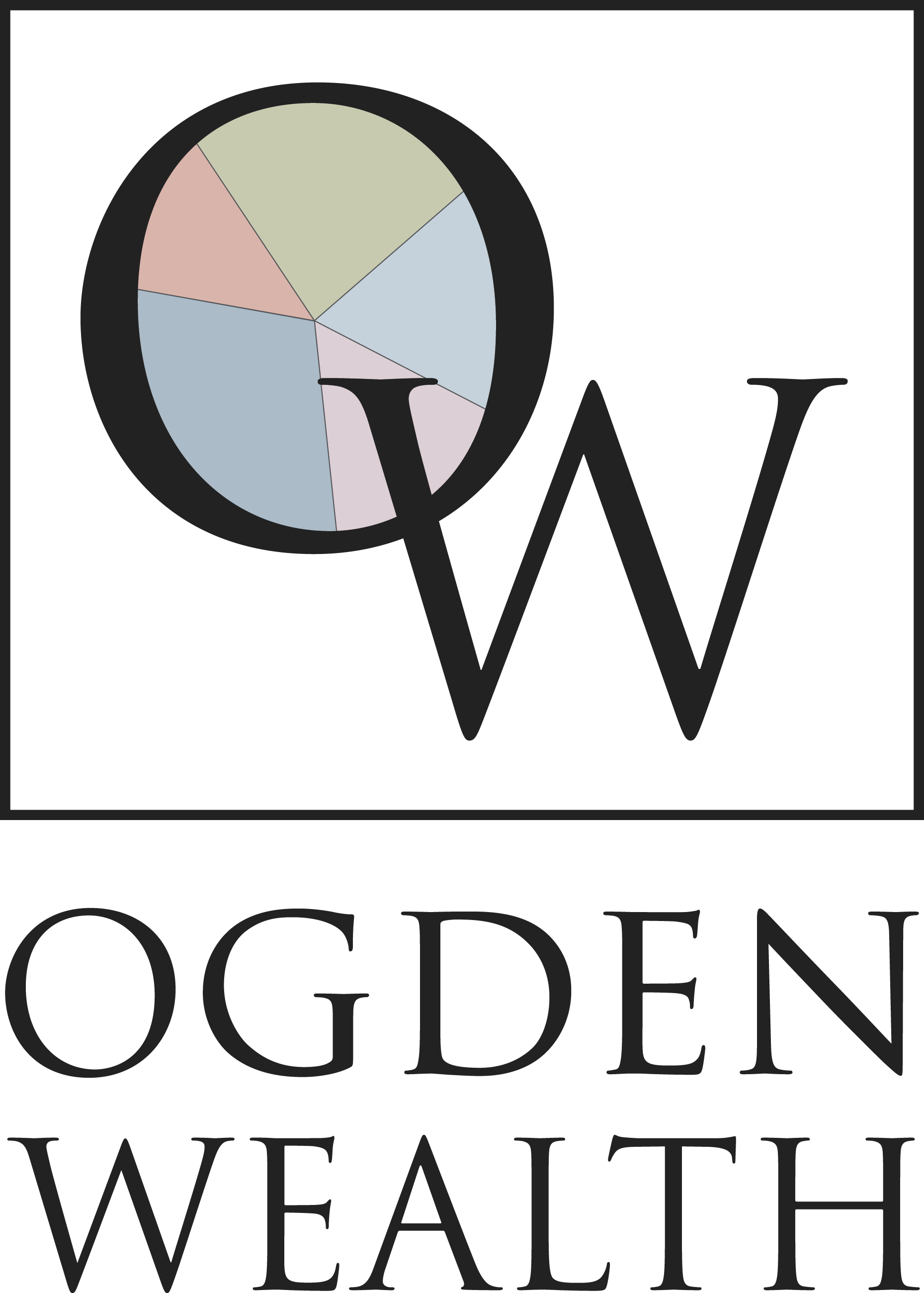God loves a cheerful giver, but researching charities, calculating tax consequences, and managing donations can make charitable giving more of a chore than a joy. And if your income varies significantly from year to year, it’s even more challenging to be consistently generous.
The solution could be a donor advised fund (DAF).
Think of a DAF as a charitable checking account, almost like having your own private charitable foundation (but it isn’t). Here’s how it works:
You set up the account with a 501(c)(3) nonprofit organization (I recommend National Christian Foundation, but there are many excellent organizations that offer DAFs) and make an irrevocable contribution of either cash or other assets (stocks, real estate, even a portion of your business). You take a tax deduction for the year in which you make the contribution, and then you can distribute the money over time to the qualified charities of your choice.
With the standard deduction being so high, many who give generously often don’t hit the threshold that would allow them to itemize on their tax return. One of the key benefits of a DAF from a tax perspective is that it allows you to bunch your charitable giving so you can get a tax benefit, but you can space out your grants (the donations you make) however you want.
Here’s an example of bunching: Let’s say the amount of your charitable contributions for a single year is not enough to qualify for a tax deduction (itemizing), but the total of two or three years’ donations would be. You deposit an amount equal to two or three years’ contributions in a DAF, take the tax deduction for that current year, and make your donations on your preferred schedule. You’re bunching the amount you’re going to donate into one year but spreading your gifts out for two years or more.
If your income fluctuates or you have a substantial windfall, you can put those funds into your DAF, get the immediate tax deduction, and then take years to give the money away.
Another benefit of a DAF is that the funds can be invested while they’re in the account, and the investments grow tax free for the donor. That means you can actually give more than you deposited, and you don’t have to pay tax on it.
With a DAF, you manage all your giving in one place, online, without paperwork. You can make one-time or recurring grants, either with recognition or anonymously.
One of the fun benefits of a DAF is that you can name it whatever you want. You can be formal (Smith Family Foundation) or humorous (Snacks for Strays) or sentimental (Brown Memorial Fund).
Put your giving on autopilot
I recommend planning your charitable giving once a year. Set aside time in December to do your research and put together a list of the organizations you’re going to support the following year. Choose organizations that produce visible results and back up your decision with resources like Charity Navigator. Do this even for those that you’ve checked out before because things can change.
Once you’ve chosen the charities, set up the donation schedule for the year and you’re done. Of course, if you find a new organization you want to give to, you can—or you can put it on your list for the following year.
Another tool to maximize your giving
If you are age 70½ or older, another great tool for charitable giving is a qualified charitable distribution (QCD), which is a tax-free donation from your individual retirement account (IRA) to a qualified charity. A QCD withdrawal from your IRA is not counted as taxable income like regular withdrawals are, and QCDs count toward your annual required minimum distribution (RMD).
QCDs are a very tax-efficient way to give to your church or a qualified charity without that money being income to you.
Each of you should give what you have decided in your heart to give, not reluctantly or under compulsion, for God loves a cheerful giver. (2 Corinthians 9:7, NIV)
There are many ways to make giving more cheerful—and more tax-efficient and effective. Call me and we can talk about the tools that will work best for you.
This post is not intended to provide specific legal, tax, or other professional advice. For a comprehensive review of your personal situation always consult with a tax or legal advisor.
The charitable entities and/or fundraising opportunities described herein are not endorsed by, or affiliated with CWM, LLC., or its affiliates. Our philanthropic interests are personal to us and are not reviewed, sponsored or approved by CWM, LLC.


